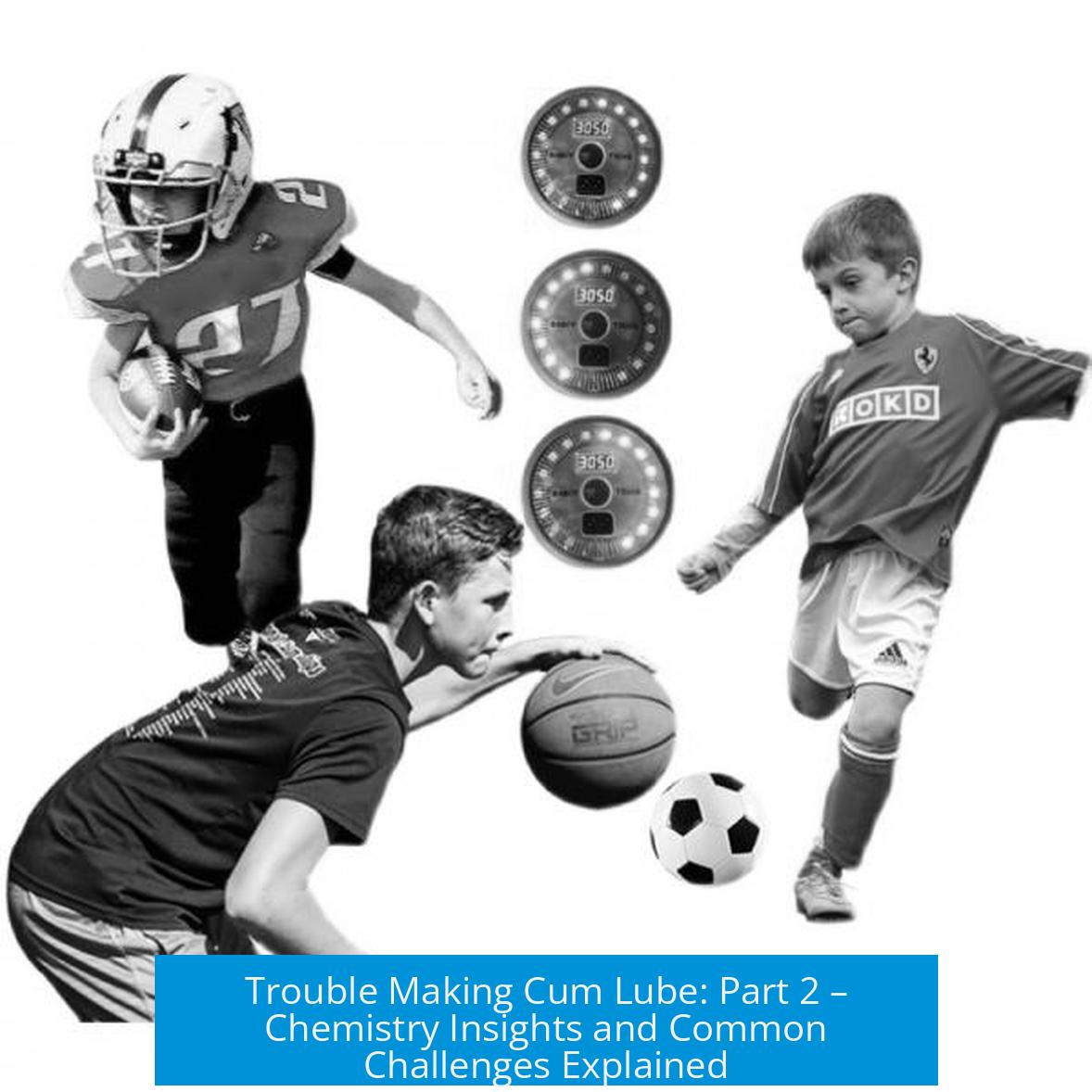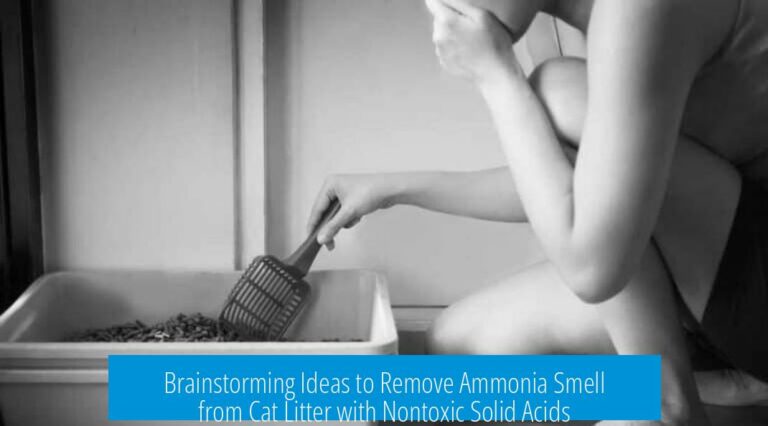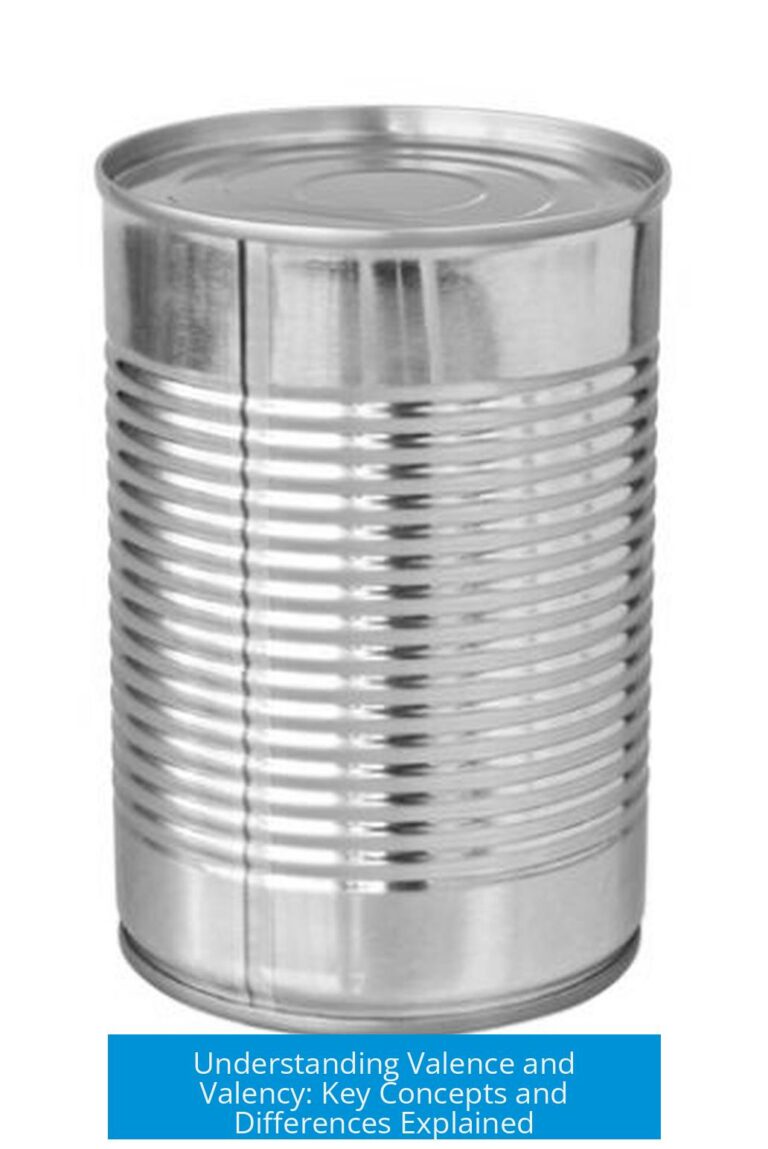Trouble Making Cum Lube: Part 2 – An In-Depth Look at Chemistry and Challenges
Making cum lube replicates the physical and visual properties of semen using polymer chemistry, mainly polyethylene oxide (PEO). Several formulation challenges arise, including solubility, viscosity, adhesion, safety, and shelf stability. This article analyzes these issues and shares practical insights from community experiences.
1. Background and Community Interest
A series of Reddit posts has sparked notable interest, leading to continued discussion and experimentation around this unusual formulation.
- Reddit users call this “Cum Lube Part 2,” expressing excitement and sharing technical knowledge.
- Some highlight the educational value, noting they learned more polymer chemistry here than in formal studies.
- The discussion serves both as a technical challenge and a community event focused on problem-solving.
2. Core Chemistry and Formulation Factors
2.1 Polyethylene Oxide and Molecular Weight Selection
Polyethylene oxide (PEO), also known as polyethylene glycol (PEG) depending on molecular weight (MW), forms the backbone of cum lube’s viscous, stringy texture.
- Higher MW polymers (e.g., 4M) significantly increase viscosity and stringiness.
- Lower MW polymers (1M, 2M) reduce excessive stickiness and improve texture balance.
- Typical PEO content remains below 1% of total mass to maintain manageable consistency.
- Crosslinking PEO chemically is mostly unfeasible without specialized techniques like UV or electron beam irradiation; chemical crosslinkers pose safety risks.
2.2 Solubility and Mixing Techniques
PEO’s solubility and structural integrity during mixing are key to consistent formulation.
- PEO must be gently hydrated, avoiding excessive shear that breaks the polymer chains and decreases viscosity.
- Recommended mixing: moderate shear for 15 to 30 minutes, balancing hydration and polymer preservation.
- Pre-mixing PEO with coupling agents like hexylene glycol or Miranol JBS ensures uniform wetting and solubility.
- Improper mixing can cause precipitation or settling over time.
2.3 pH Adjustment and Preservation
A suitable pH range (~5 to 7) stabilizes ingredients and prevents microbial growth.
- Citric acid is commonly used to fine-tune pH; a 25% solution added dropwise is preferred.
- Potassium-based preservatives serve as antimicrobial agents.
- Proper preservation is critical since glycerol-based formulations can be prone to fungal contamination.
2.4 Adhesion and Texture Enhancers
The lubricant’s adhesion and mouthfeel depend on targeted additives.
- Hydroxyl-rich molecules like glycerine, sugar alcohols, xanthan gum, or guar gum improve stickiness.
- Silicone surfactants including polydimethylsiloxane (PDMS) contribute adhesion without compromising feel.
- PVA (polyvinyl alcohol) or PVAc could increase tackiness but require safety validation.
- Aloe vera has been suggested for gel consistency and improved texture, with added shelf life benefits.
2.5 Visual Properties and Stability Measures
Reproducing the opaque white color is a visual challenge in cum lube formulation.
- Titanium dioxide (TiO2) is commonly used as a whitening agent but raises safety questions for sensitive skin areas.
- Both micro- and nano-crystalline forms exist, with smaller particles posing higher risk.
- High glycerol contents (65%-80%) prevent PEO from settling, aiding stability.
- Glycerol also enhances shelf life by reducing microbial growth and maintaining polymer dispersion.
3. Shelf Life and Storage Challenges
PEO-based cum lubes tend to degrade over time, losing viscosity and possibly developing microbial contamination.
- Stability can be improved by creating concentrates diluted just before use, similar to bubble solutions.
- Formulations with xanthan gum and glycerine still risk fungal growth without adequate preservation.
- Commercial products often use silicone emulsifiers to enhance stability.
- Freezing or refrigeration can extend the shelf life of homemade batches.
4. Safety and Toxicological Considerations
Safety concerns limit choices of ingredients and methods.
- Chemical crosslinkers such as glyoxal present carcinogenic risks due to DNA crosslinking.
- Titanium dioxide’s use in mucous membrane areas is controversial due to absorption issues.
- Certain coupling agents originate from industrial lubricants; their safety profile must be thoroughly verified for intimate use.
- Homemade lubes should avoid ingredients that can penetrate sensitive tissue or the blood-brain barrier.
5. Practical Formulations and Community Tips
The community provides experimentally derived recipes and mixing tips.
Example recipe using household ingredients:
- 1 cup sterile water
- 1 teaspoon coconut oil
- 1 teaspoon tapioca starch or flour
- 1/8 teaspoon xanthan gum
Process involves dissolving starch in heated water, mixing xanthan gum and oil, then combining and shaking. The result is a white, sticky gel stored in a fridge for up to one month.
- Use of J-Lube powder with protein powder shakers is recommended to achieve texture and shelf stability.
- Titanium dioxide addition can be purely aesthetic but requires careful handling.
- Experimenting with polymer blends—mixing different PEO molecular weights—can fine-tune viscosity and stringiness.
- Incremental increases in PEO content (+0.5g to 1g) help thicken formulations but risk over-viscous textures.
6. Ongoing Formulation Challenges and Community Questions
Participants continue to troubleshoot various aspects:
- PEO settling and precipitation remain key hurdles.
- Achieving exact viscosity and adhesion akin to natural semen is difficult, with some formulas too fluid or too sticky.
- Questions arise about the motivation of making cum lube—personal use vs. commercial ambitions.
- Enquiries about UV crosslinking, polymer alternatives, and ingredient safety are common.
- Comparisons to real semen and commercial lubricants fuel ongoing dialogue.
7. Summary of Key Points
- PEO molecular weight selection critically affects viscosity and stringiness.
- Mixing must be carefully controlled to hydrate PEO without chain degradation.
- pH adjustment and preservatives maintain microbiological stability.
- Additives like glycerine and silicone surfactants improve adhesion and texture.
- Titanium dioxide use is debated for safety despite visual benefits.
- High glycerol content reduces PEO settling and enhances shelf life.
- Chemical crosslinking poses safety concerns and is generally avoided.
- Community-shared recipes offer practical approaches but require refrigeration and preservation.
- The project serves as an unconventional yet instructive practical chemistry challenge.
Q1: Why does polyethylene oxide (PEO) sometimes settle out in cum lube formulations?
PEO tends to settle when glycerol content is below 65%. Higher glycerol levels, like 80%, keep PEO suspended better. Adjusting glycerol concentration can reduce settling over 24 hours.
Q2: How can mixing techniques affect PEO viscosity in making cum lube?
Applying high shear forces can break PEO into smaller chains, lowering viscosity. It’s best to use high shear for 15-30 minutes, then allow some dwell time to hydrate without degradation.
Q3: What additives help improve adhesion and texture in cum lube?
Glycerine, sugar alcohols, xanthan gum, and guar gum add hydroxyl groups that improve stickiness. Silicone surfactants like polydimethylsiloxane can also enhance adhesion and texture.
Q4: Is crosslinking PEO a viable way to thicken cum lube?
Chemical crosslinking is difficult without UV, electron beam, or X-ray methods. Using chemicals like glyoxal is unsafe due to carcinogenic risks. Crosslinking is generally not recommended.
Q5: What are key safety concerns with titanium dioxide in lube formulations?
Titanium dioxide provides whiteness but may pose cancer risks, especially with smaller particle sizes. It is not suitable for prolonged contact on sensitive skin areas at high absorption levels.





Leave a Comment